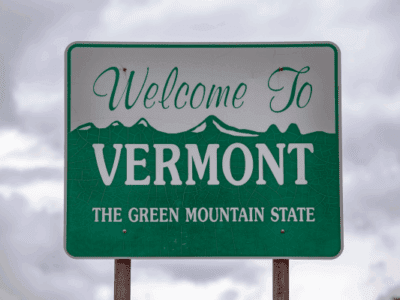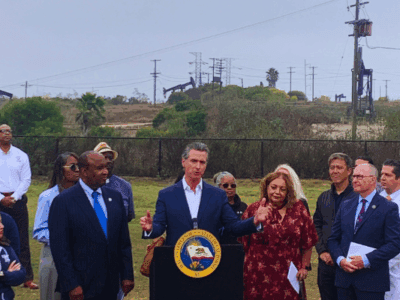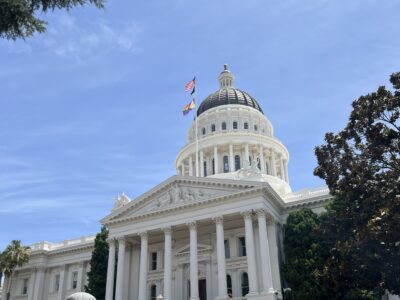Going for Broke at the Climate Casino
The new Nordhaus book is good as far as it goes. But its analysis is muddled in crucial respects.
 I finally had a chance to read Nordhaus’s new book, The Climate Casino, on a long flight. There are some goods lessons in the book. The book makes the case for serious mitigation, even rhough Nordhaus takes a fairly optimistic view about adaptation. Nordhaus also tells us that “it would be relatively inexpensive to slow climate change if nations all opted efficient control strategies in a timely and near-universal fashion.” He also points out that the big issue (both politically and economically) is getting rid of coal or implementing CCS. Finally, he says, “a carbon tax is the closest thing to an ideal tax that can be imagined.” These are important points.
I finally had a chance to read Nordhaus’s new book, The Climate Casino, on a long flight. There are some goods lessons in the book. The book makes the case for serious mitigation, even rhough Nordhaus takes a fairly optimistic view about adaptation. Nordhaus also tells us that “it would be relatively inexpensive to slow climate change if nations all opted efficient control strategies in a timely and near-universal fashion.” He also points out that the big issue (both politically and economically) is getting rid of coal or implementing CCS. Finally, he says, “a carbon tax is the closest thing to an ideal tax that can be imagined.” These are important points.
Nordhaus is very much a middle-of-road climate economist – in fact, he has virtually defines the middle of the road. So what is most noteworthy about this book may be how far economists have come in endorsing vigorous action to limit climate change.
Nevertheless, I have reservations about the book. Nordhaus helped found the field of climate economics, and I don’t want to detract from his achievements or from the positive features of the book. But the analysis in the book is unsatisfactory in several respects that cumulatively suggest he is underestimating the urgency of mitigation.
The biggest problem with the book is that Nordhaus muddies the analysis of potentially catastrophic outcomes. He generally seems to think that the effects of climate change are manageable unless we hit a tipping point for major irreversible changes. Despite some initial sniping at the idea of setting a target temperature limitation, he actually makes a pretty clear case for basing policy on “guardrails” such as preventing a 2° global temperature increase. He points out that a 2° increase would take global temperature higher than any time during the past 500,000 years – longer than the history of our species. And we would have to go back 500 million years to find temperatures more than 4-8° above today’s. The bottom line is that we have no experience to judge the effects on human society of temperatures at these levels. And there are a number of tipping points that are likely to start kicking in after we hit 2-3°. (p. 333) In addition, Nordhaus says, “since we don’t have a clear idea of where the different thresholds are crossed, it might be prudent to target a lower limit for temperature increase.” (p. 204). He ends this discussion by saying “short of catastrophic impacts, we should look at the price tag before committing to any specific target.” (p. 204) But then he begins the next chapter by misstating this conclusion – leaving out the “short of catastrophic impacts” and stating that “a sensible target for climate-change policy would require balancing abatement costs and climate damages.” So we’re back to cost-benefit analysis. Yet ten pages later, he presents a model showing that, with a tipping point, where the “optimal policy is to take very strenuous efforts to make sure the temperature does not exceed the 3 ½ ° threshold.” Notably, discounting has no significant effect on this conclusion. And later he shows the carbon prices needed to avoid a 2 ½ ° tipping out (staring at about $25/ton in 2020 and rising to $84/ton by 2050).
Nordhaus tries to reconcile these opposing elements by saying that we should decide on an optimal climate policy assuming no tipping points and then add an insurance factor to give tipping points. That would make a certain amount of sense if we had reliable estimates of the costs and benefits of emissions reductions. The trouble is that estimates of impacts range greatly even leaving out potentially tipping points (p. 140) and estimates of mitigation costs also vary widely (p. 180). So it’s not clear how much faith we can put in cost-benefit analysis to set the optimal policy. In any event, the book’s policy recommendations would be little changed if Nordhaus had merely taken the more straightforward position of saying that anything over 2° is dangerous, and that we should try to keep climate change as close to that level as we feasibly can. By starting with the cost-benefit analysis of catastrophe-free climate change and adding a risk premium at the end, Nordhaus runs the risk of anchoring policy to an unreliable initial estimate.
The book’s treatment of discounting is also unsatisfactory. Nordhaus insists on using a 4% rate as a representative of capital costs, but without any showing that spending on climate mitigation crowds out other investments rather than being financed from consumption. He also concedes in a footnote that there’s a growing acceptance among economists of declining long-term rates, but he doesn’t discuss their impact. These points skew his analysis toward less vigorous mitigation efforts.







Reader Comments